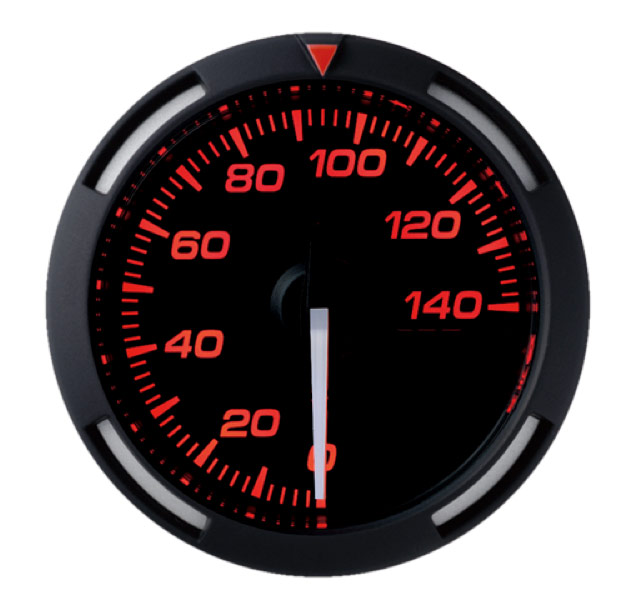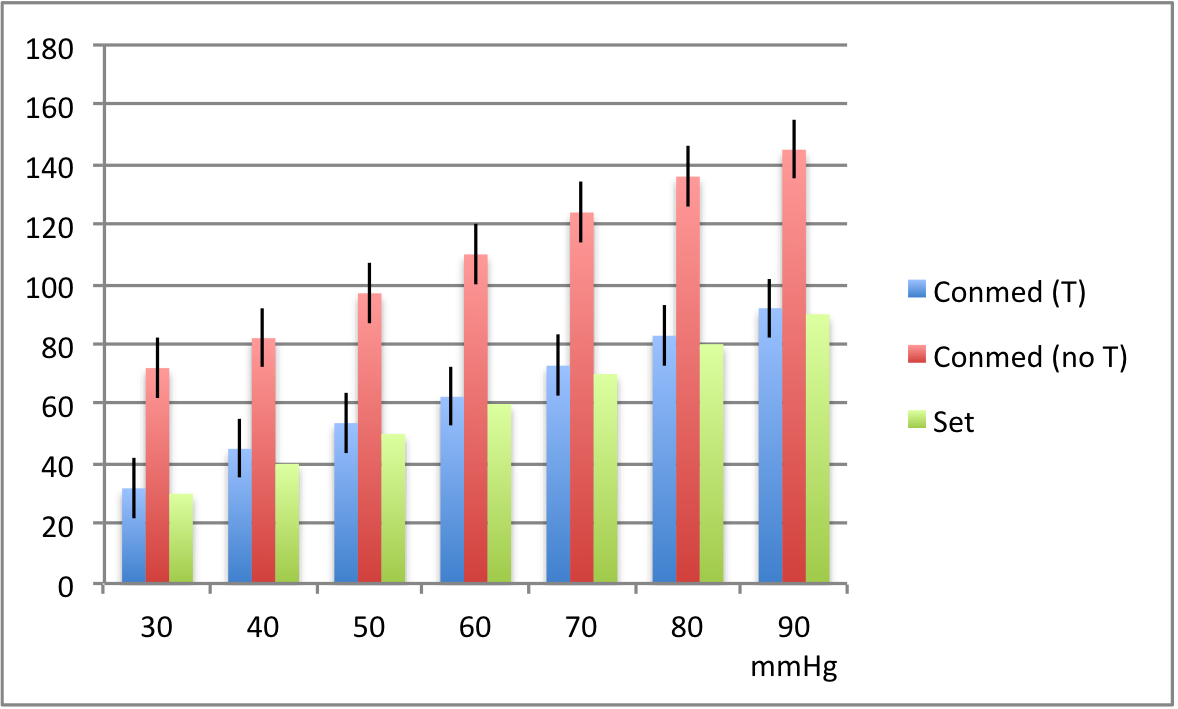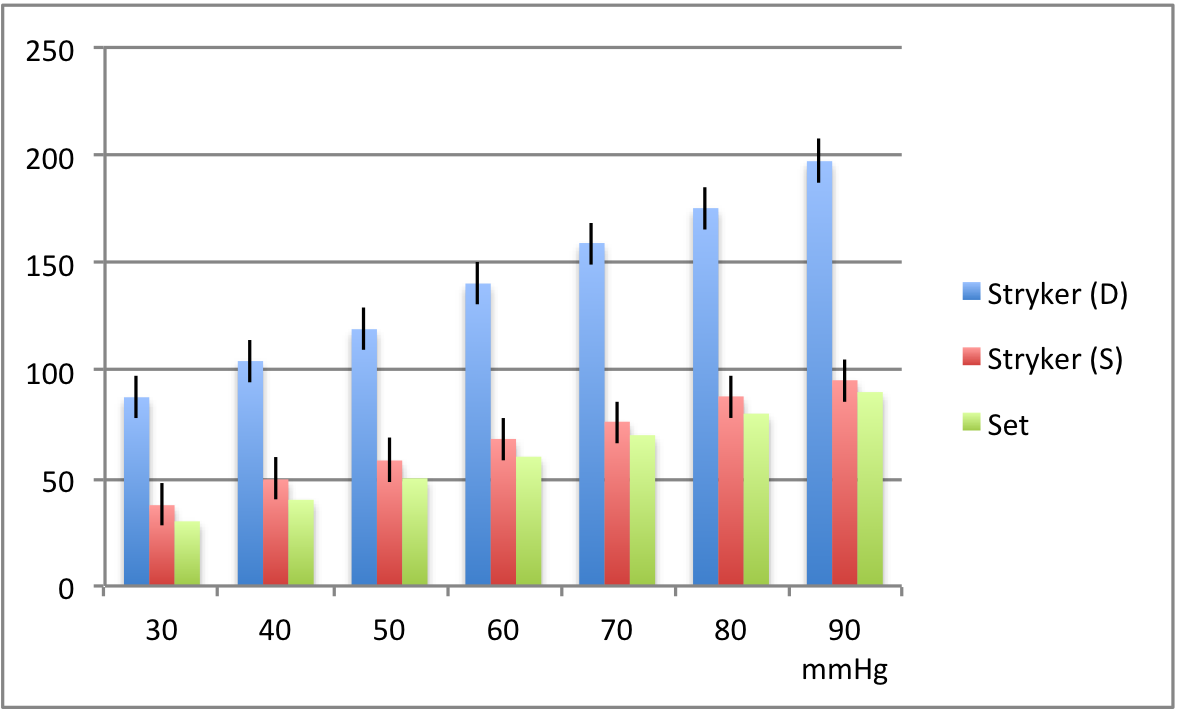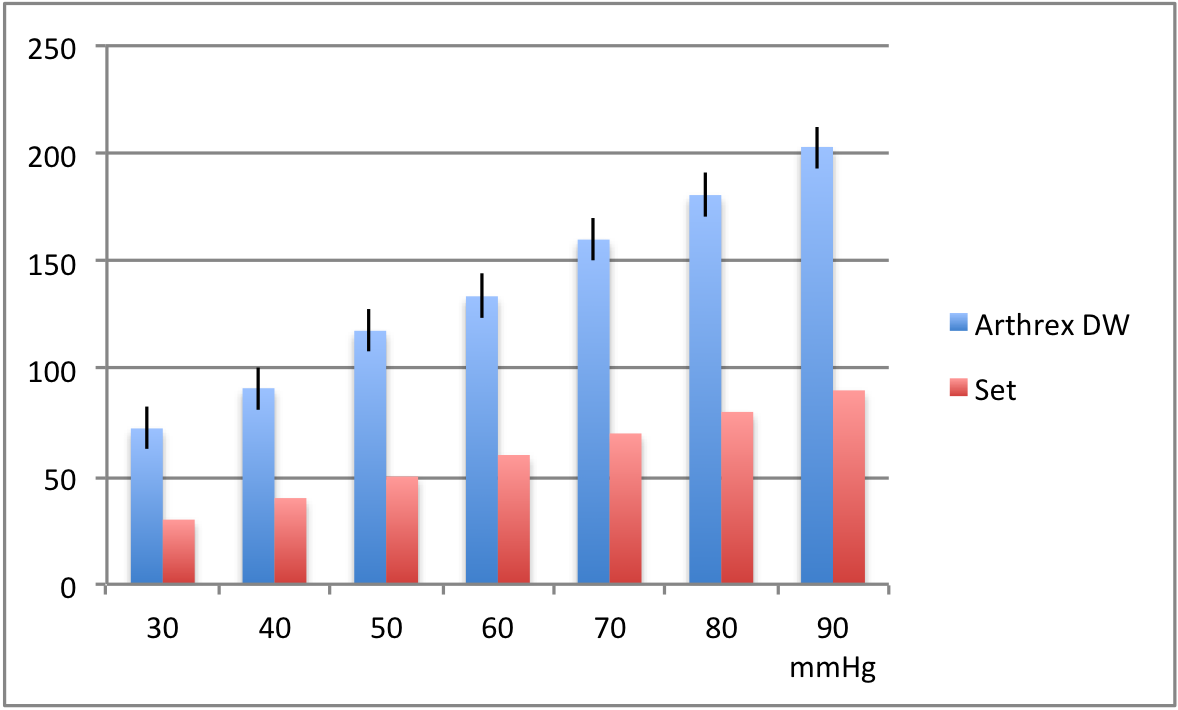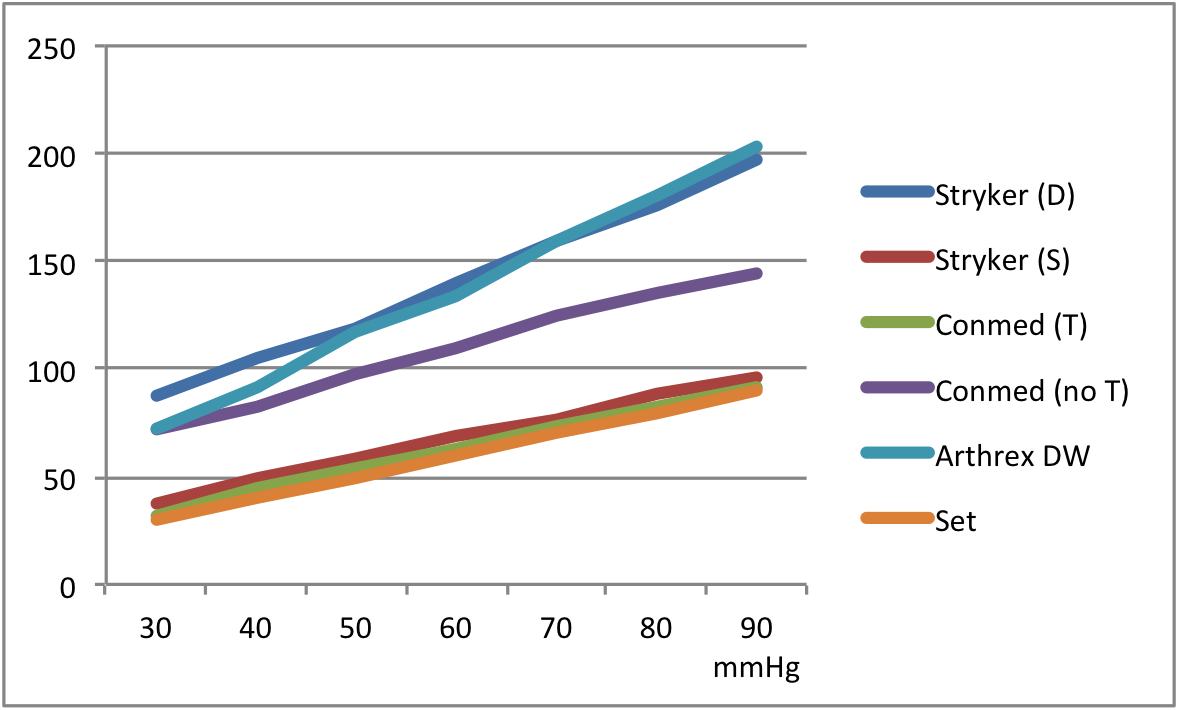Background
Arthroscopic pumps have been routinely used for over three decades. Their accuracy however has recently come into question and they have been shown to deliver excessive pressure without alerting the user.
Whenever arthroscopy is performed, complications can arise from large volumes of extravasated irrigation fluid1. Known as “Intra-Abdominal Fluid Extravasation (IAFE)” this is a serious and potentially life-threatening complication[3]. Compression of the neck veins can follow if it occurs in the shoulder and it can be life threatening if it occurs in the hip[3].
The aim of this 2015 study was to confirm this was the case and identify the potential sources of contamination within the surgical field in shoulder arthroplasty.
Previous studies have shown a correlation between higher pump pressures and increased risk of IAFE with actual pump pressures significantly higher than displayed pump pressures[3]. The take home message from this research is that excessively high pump pressures are to be avoided3 and the physical and physiologic signs of fluid extravasation monitored throughout arthroscopy[4].
For surgeons to follow this advice, however, and maintain strict control of pump settings[3] or keep pressures as low as possible[1] it is crucial to know the actual pressure a pump produces at a given setting – a task that is confused by the fact that recommended pressure ranges vary between pump manufacturers. This is further hampered by the fact that many arthroscopic pumps actually have control algorithms that maintain a higher pressure than is set by the user – a difference which increases as the pressure setting increases although the user is not alerted to this fact. One study in knee arthroscopy showed that pumps actually subjected the joint to pressures more than twice the user setting[5].
The purpose of this study is to investigate three of the pumps most commonly used in shoulder arthroscopy and compare their pressure measurement accuracy in order to inform pump safety.


